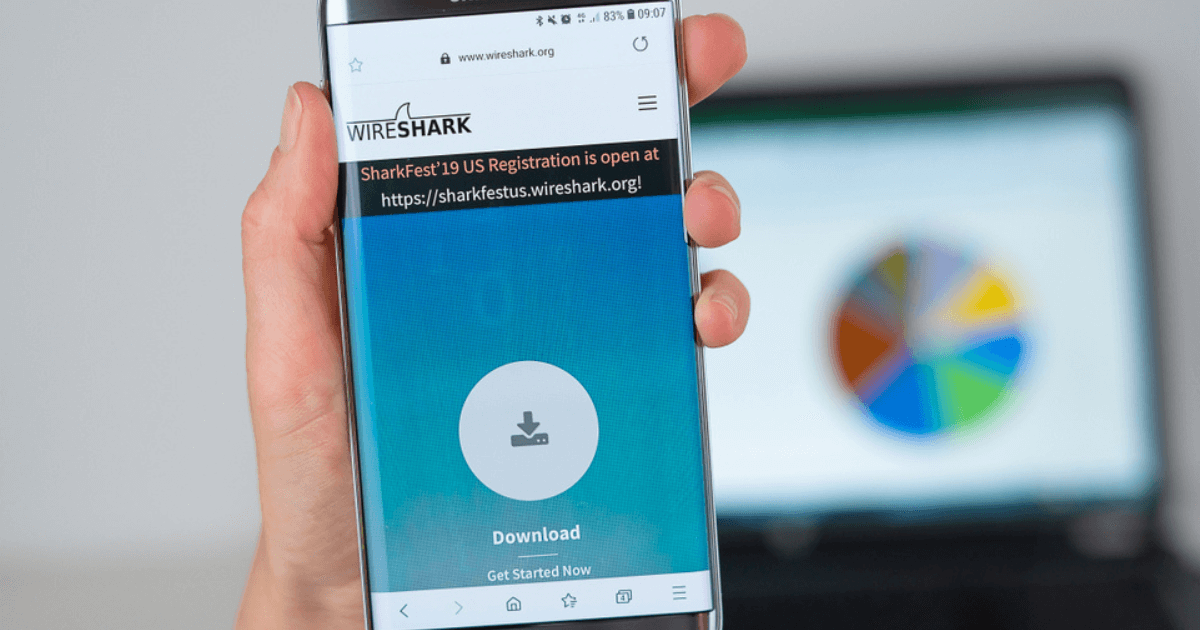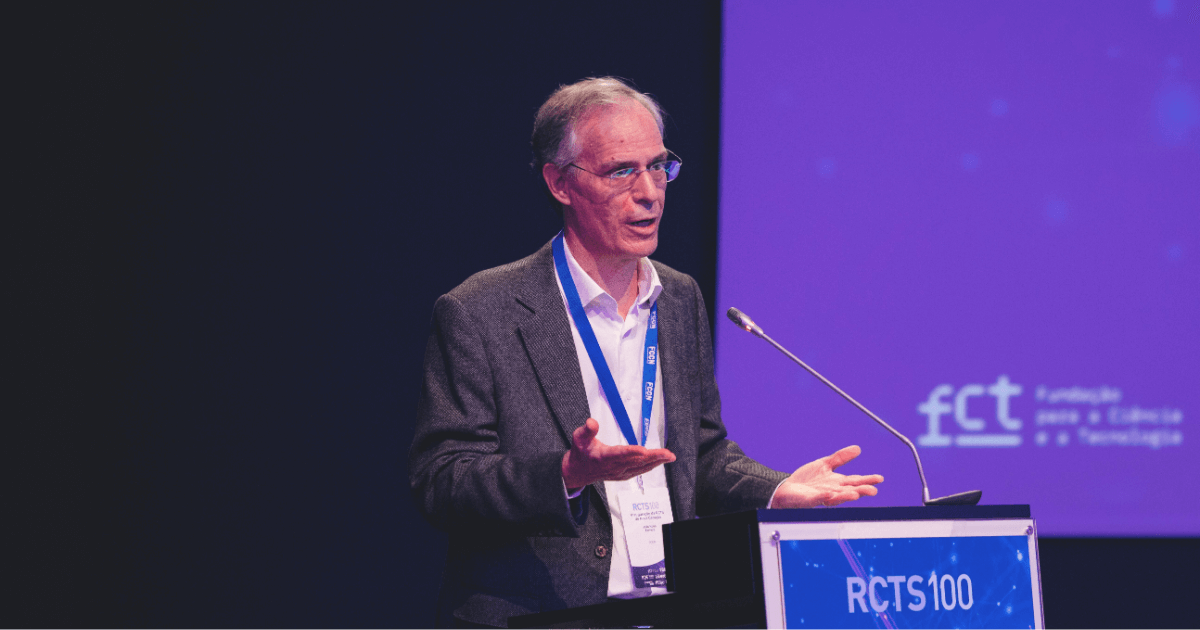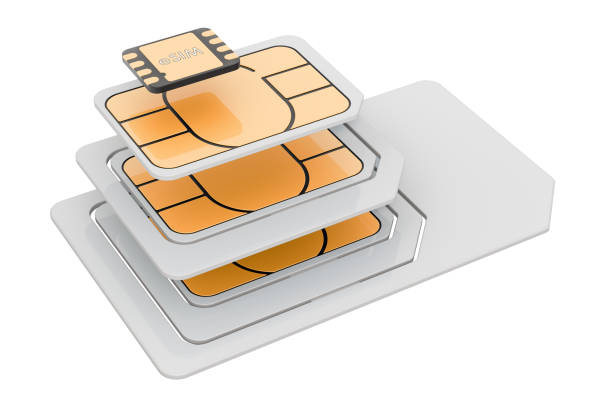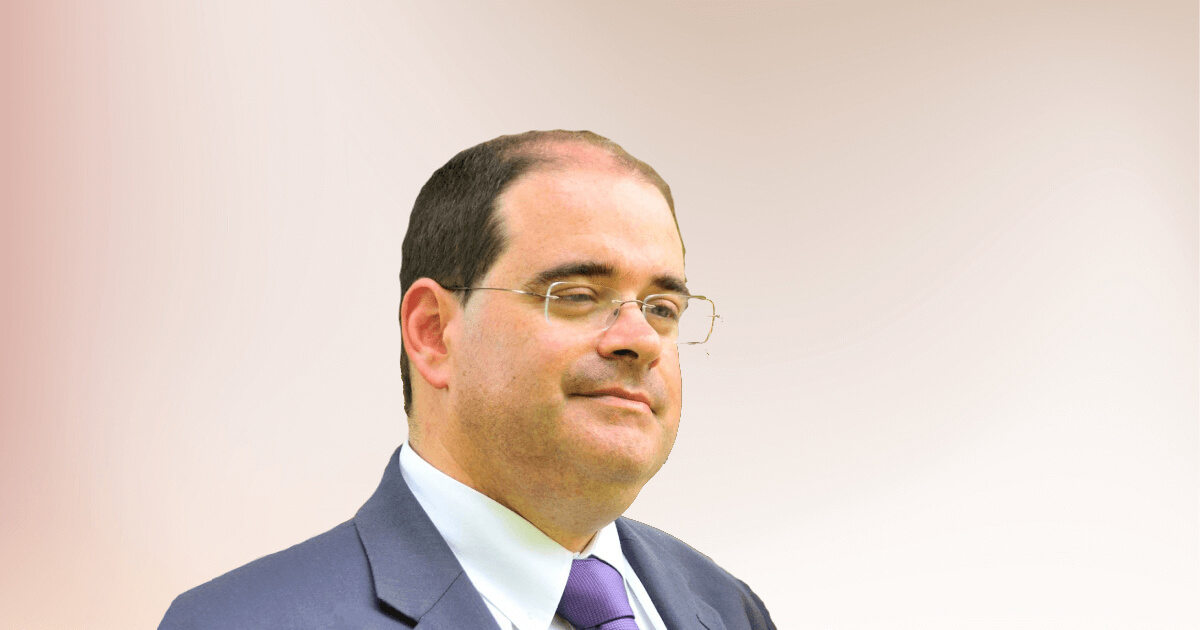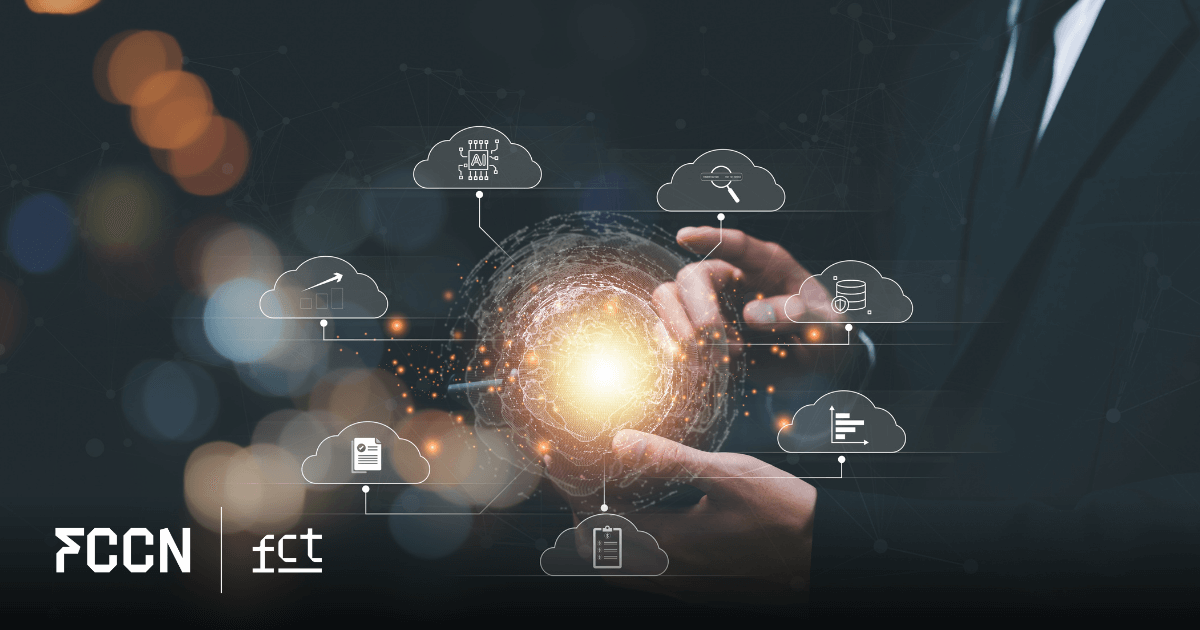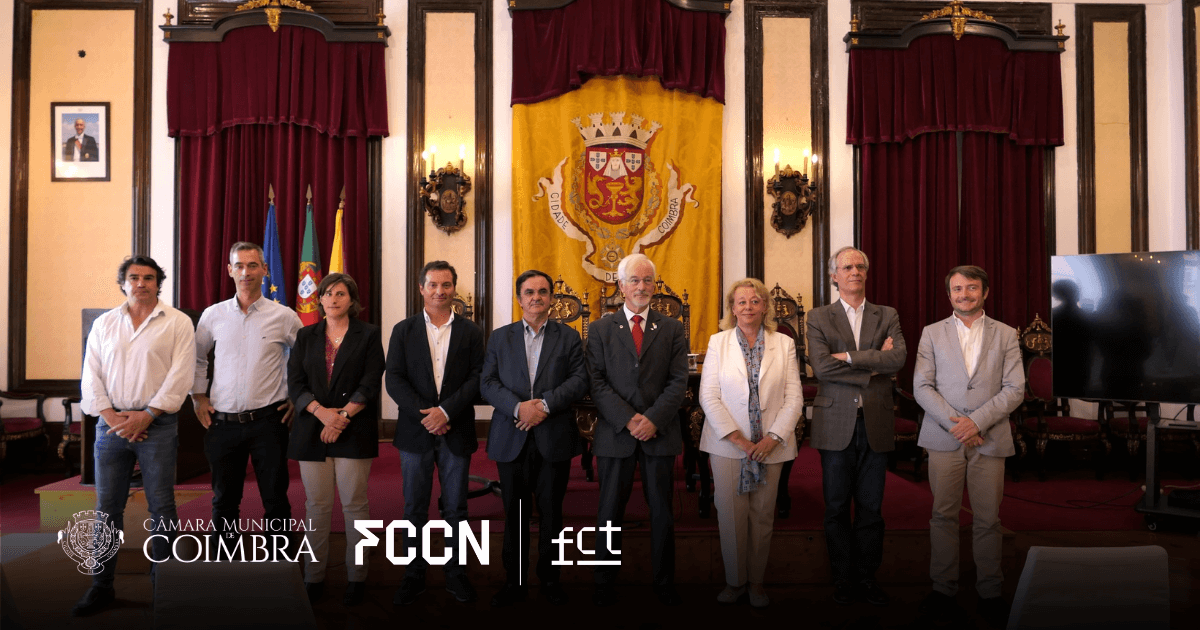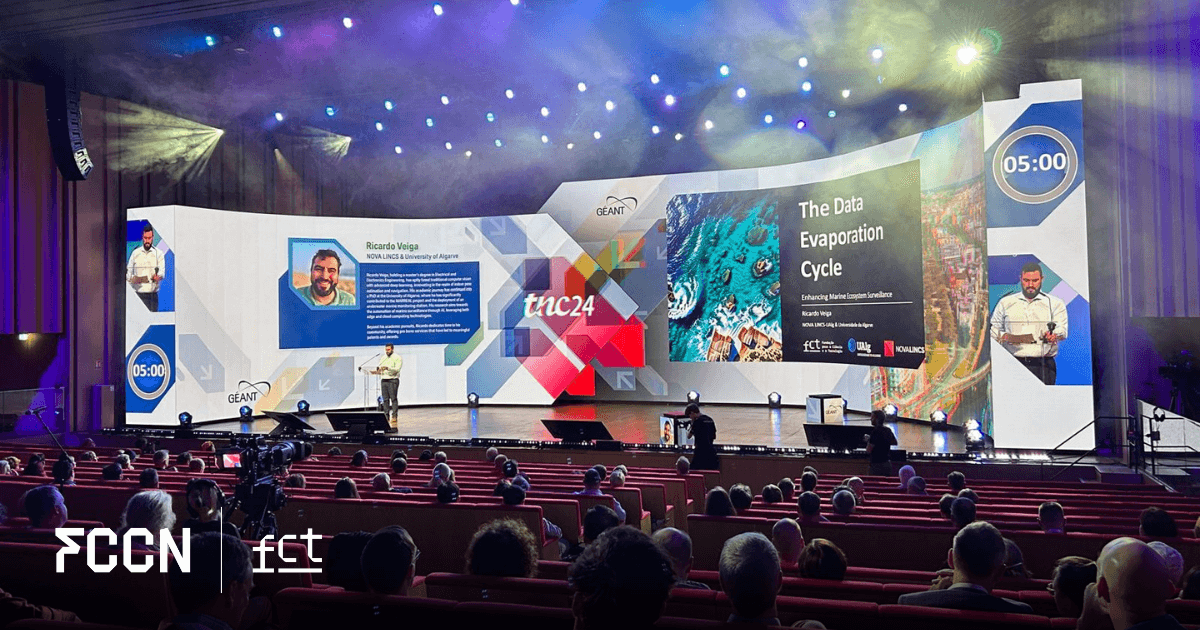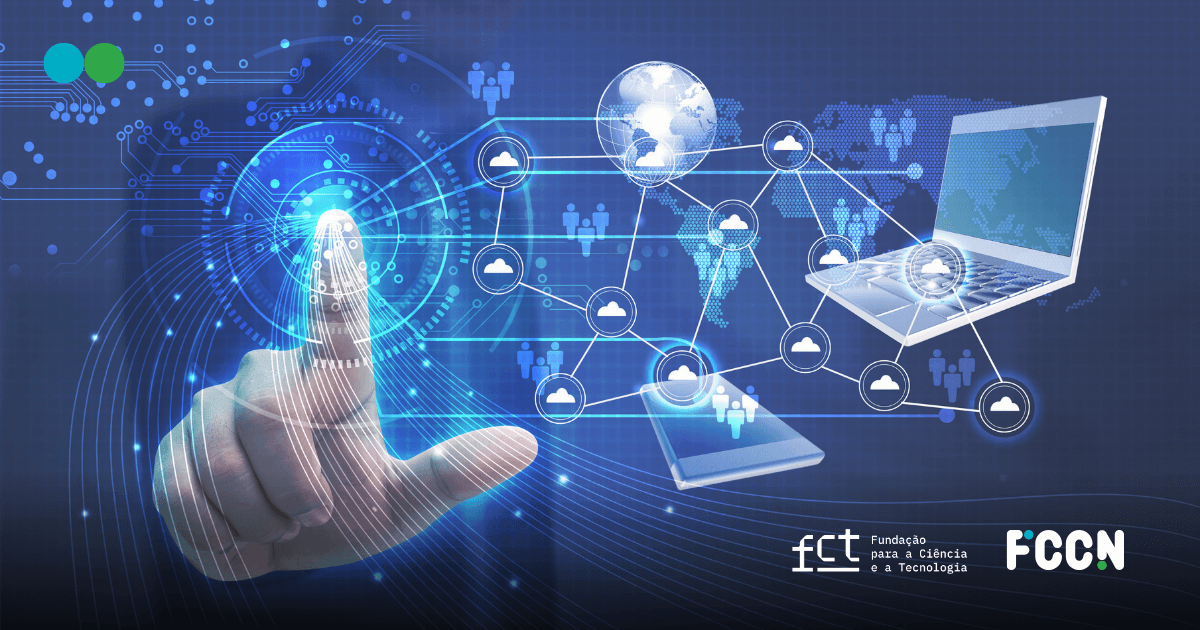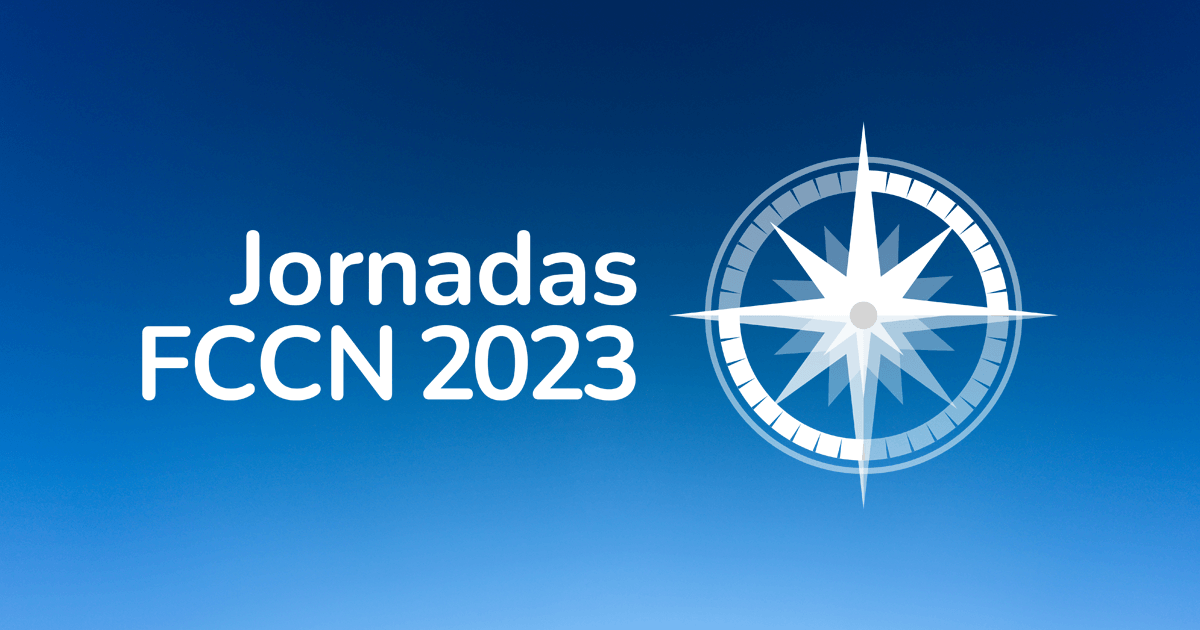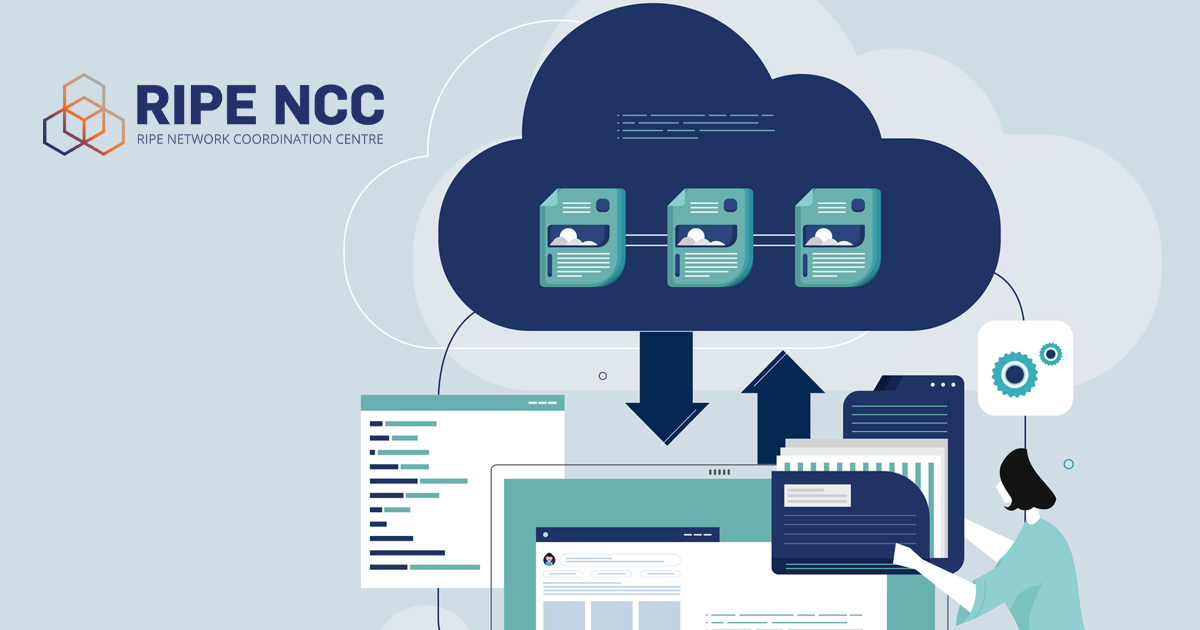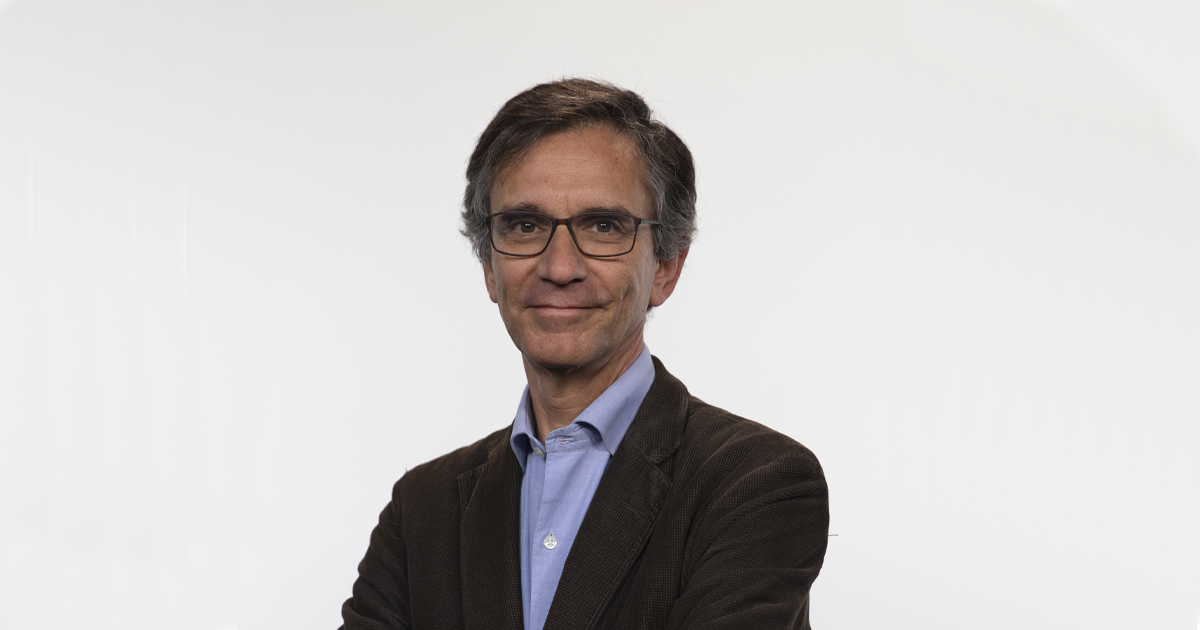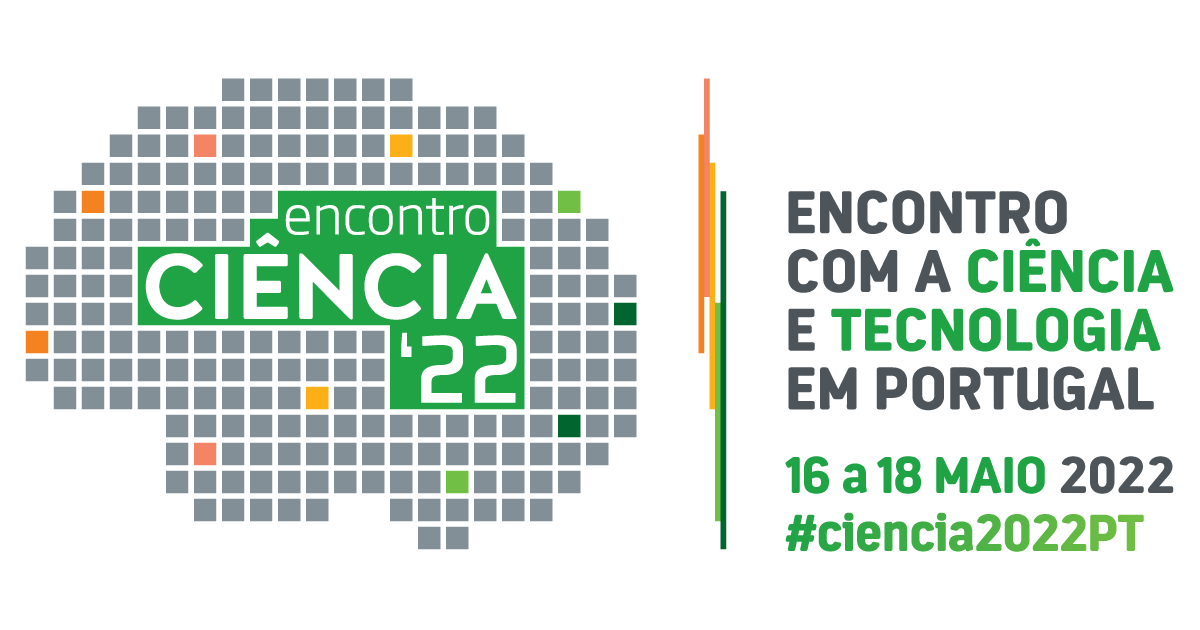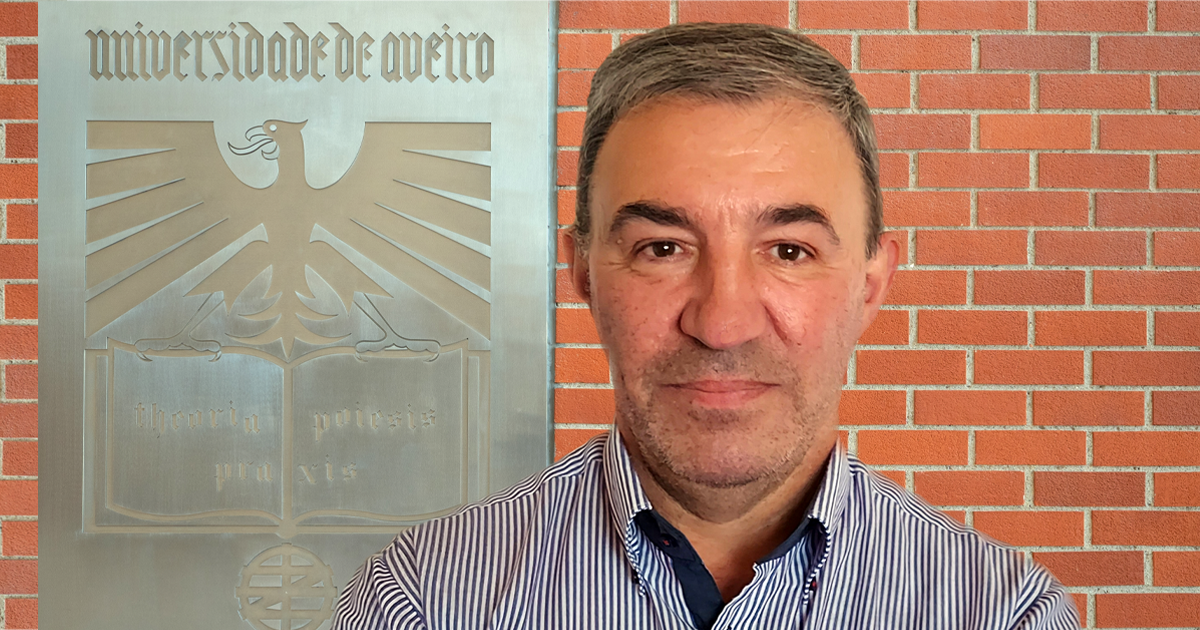
Fernando Cook was one of the team who, in 1991, worked on the first Internet connections in Portugal. 30 years later, read the words of those who lived the experience first hand.
October marks 30 years since Portugal went online. Can you describe the role of the FCCN Unit (then the Foundation for the Development of National Means of Scientific Calculation) in this process?
The emergence of FCCN at the end of 1986 was due to the concerted efforts of various institutions: the National Board for Scientific and Technological Research (JNICT); the National Civil Engineering Laboratory (LNEC); the National Institute for Scientific Research (INIC); and the Council of Rectors of Portuguese Universities (CRUP). Its main objective, among others, was to provide high-performance scientific computing resources, crucial for the development of various scientific research activities. The very name of the Foundation attests to this objective.
It was then decided that, in view of the acquisition costs and the need for specialized human resources to properly operate the computer systems, among other reasons, it would be advisable to have a central node that could be accessed by all the associated entities. It was eventually installed on the LNEC campus, where FCCN was also based.
Thus was born the so called RCCN (National Scientific Calculation Network), technically supported by X25 connections, which shortly afterwards, during 1990, were supported by TCP/IP over X25, thus opening up the possibility of using some common applications, such as TELNET and FTP, commonly used in local networks. The conditions were also created for the use of the electronic mail service and the establishment of the DNS service at national level.
TCP/IP, as I recall, was developed in the early 1970s by Vint Cerf and Robert Kahn. It was adopted as a standard in 1983, and has remained the basis for the operation of the Internet ever since. It was described in the article entitled "A Protocol for Packet Network Internetworking", authored by both, published in 1974. There, for the first time, the term Internet was used. It ensures the interoperability and interconnection of diverse computer networks.
Also in 1990, under the leadership of José Legatheaux Martins (University of Lisbon), with the participation of around a dozen members from other national teaching and/or research institutions and with the support of FCCN, represented by Vasco Freitas (University of Minho), the "Forum-IP" working group was set up. The initiatives developed led to Portugal being connected to the Internet in the fall of 1991.
This facility was then restricted to a small number of institutions: the universities of Minho, Porto, Aveiro and Coimbra, the Instituto Superior Técnico, the Laboratório Nacional de Engenharia Civil and the Faculties of Science of the University of Lisbon and the Universidade Nova de Lisboa.
The speed and stability of the connections provided by FCCN, which are nothing like those we have today, meant that Portugal was able to keep up very closely with developments in European countries, despite Portugal's peripheral location and the smallness (or even non-existence) of network infrastructures.
The number of interconnected institutions and the diversity of services made available multiplied at an ever-increasing rate, under the auspices of FCCN, chaired by Pedro Veiga (University of Lisbon) between 1997 and 2012.
It is worth mentioning the initiatives of interconnection, in Portugal, of national networks (GigaPIX, 1995), Internet at School (RCTS, 1997), cybersecurity services (CERT, 2002), the widespread Internet access, by wifi (eduroam, 2003), the interconnection of libraries and library services network (B-On, 2004), and more recently, the provision of support infrastructures for distance learning (Colibri and EduCast, 2009), but also the management of the PT domain (DNS, 1991), the voice over IP service (VoIP, 2005), data sharing (FileSender, 2013).
As in the past, FCCN will certainly continue to actively follow cutting-edge technological developments, making its contributions and serving the RCTS community (well).
As part of the team that executed the project connecting Portugal to the Internet, what can you tell us about that time and that experience?
I finished my degree in 1986, at the University of Aveiro, in Electronic Engineering and Telecommunications. Shortly before, still during my last year of studies, I started to take the first steps in my professional career, teaching in a professional training institute.
At the beginning of 1989, I joined the then called "Computer Centre" of the University of Aveiro, which at the end of the '90s, as a result of the increasing use of communication services, became known as "Computer and Communications Centre". It was an excellent opportunity to witness all the developments that have taken place since then and, in the first person, to be able to tell the story of the Internet in Portugal.
For the common citizen and for some vanguard institutions, the first steps in the availability of personal computers, but also of the operating systems that integrate them (Microsoft Windows, for example) and of the computer applications that today are part of our essential tools, were beginning to take place.
In the universe of higher education and research institutions, where UNIX, VMS and AOS/VS systems, among others, reigned, this was the time of monochrome screens, with 25 lines and 80 characters/line, without any graphic capabilities. In effect, the colours supported, if they can be called "colours", were only used to display text (in white, amber or phosphor green) on a black background.
The graphics were then drawn with half a dozen characters (+, ×, o, |, - and a few more). With some visualization effort, soon after, it started to be possible to represent more elaborate images, also using alphanumeric characters, exploring the density and distribution of the pixels that composed them, in a matrix, I remind you, of 8×8 pixels.
Remote communications were then a privilege of very few people, such was the complexity and cost of using them, and were supported by modems that worked at a few, a few, hundreds of bits per second, aimed at the popular "Bulletin Board System's" (BBS's). There were few people in Portugal who used the expensive access to commercial services, like CompuServe, the then famous North American BBS. The Portuguese BBSs also had their golden period, from the first one installed by a Lisbon optician in 1988 to around 3,000 registered five years later.
At the end of 1991, as I have already mentioned, Portugal finally got connected to the Internet, serving only a few users, members of higher education and research institutions. The external community, in general, on becoming aware of the "richness" of contents and services showed growing impatience for Internet access...
As a landmark moment, and once again under the patronage of FCCN, which was joined by other institutions in the organization, namely PUUG (Portuguese Unix Users Group), the seminar "Portugal on the Internet" took place on March 29, 1994, in the LNEC auditorium. It was then that, for the first time, the general public had closer contact with the subject.
The event triggered the publication of an avalanche of articles about the Internet and, shortly afterwards, the emergence of the first private Internet Service Providers (ISPs) in Portugal: Esotérica (1994), Telepac (1994) and IP (1995).
The conditions were thus created for the public, outside any organisational context, to be able to access the Internet...
Over the next three decades, we saw an exponential evolution of the internet and underlying technologies. Was this something you anticipated as the way forward in the early 1990s? Was it possible to predict its impact on society?
In 1990, Tim Berners-Lee, at CERN (European Centre for Nuclear Research), launched the first browser, an initial tool which, however rudimentary, was the first step towards universal access by ordinary citizens to the services available on the Internet and the establishment of the so-called Web, a "web" of content accessible via hyperlinks.
The ease provided by this tool, however, only began to become widespread in September 1993, when NCSA Mosaic appeared, which Marc Andreessen, the following year, launched commercially as Netscape Navigator.
The combination of Web protocols, created by Tim Berners-Lee, which enabled the integration of different services and content, and the availability of browsers, which provided simplified access interfaces, were crucial to the Internetboom. It can even be said that the Web did for the Internet what Windows did for the personal computer. With these decisive steps, the Web went from unknown, an "academic" reality, to absolutely omnipresent, of universal access.
At that time there were so few "sites" that it was possible to list them in an address book, as was done in Portugal, in the so-called "Home Page of Portugal" (now inactive), in listings published by "speciality" magazines (Cyber,Net, for example) or in search engines with directory data structures (Yahoo and SAPO, among others).
Between 1995 and 2002, with António Guterres as Prime Minister, Mariano Gago was Minister for Science and Technology, the first holder of a ministerial post exclusively dedicated to the area of science and technology, and he fostered the development of the "Information Society", with initiatives such as connecting schools (and other public institutions) to the Internet, which led to the RCCN being renamed RCTS (Science, Technology and Society Network), the creation of "Internet Spaces", the "Digital Cities" Programme and, in a second phase, the "Digital Regions" Programme.
He was succeeded by Diogo Vasconcelos, as President of the Mission Unit for Innovation and Knowledge (UMIC), between 2003 and 2005, who promoted several equally important projects for the Internet in Portugal, such as the Online Knowledge Library (bOn), the National Broadband Initiative and the Citizens' Portal.
Going back a bit, it can be said that from 1999/2000 onwards everything changed in Portugal, largely due to the liberalisation of the telecommunications market. At that time, access was also no longer exclusively via modem, but via cable or ADSL, and, shortly afterwards, via fibre optic connections and, more recently, via mobile communication technologies (2G / 3G / 4G / 5G).
The exponential evolution of Internet access speeds and basic technologies was something that, in fact, was foreseen when the first steps were taken, such was the appetite of the community, in general, for new knowledge, for new experiences. However, at the time, it was impossible to foresee the great impact that we are seeing today, in everything, and there are not even prospects of a slowdown. Quite the opposite!
In fact, the timeline of the Internet's history presents evolutions, technological or behavioural, continuous and striking, which have led humanity to transform its lifestyle and change habits and processes forever.
Do you feel that the online world today broadly fits into the goals and mission that you advocated in 1991?
The Internet is undoubtedly one of the greatest "inventions" of the 20th century. Since its inception, it has opened the door to new technological developments, which continue at a "galloping" pace to this day, transforming the way we live and relate to each other.
Nowadays, living without the Internet is simply unthinkable!
The Internet is a medium, ubiquitous and universally accessible, which has revolutionised our way of life. Look at what happened with the change imposed on us by the pandemic that is ravaging us: we were stuck in our homes from one day to the next and, without prior training, we were forced to adopt new ways of being: distance working, distance learning, distance leisure and distance socialising. Living at a distance!
Nowadays, however, nobody escapes the despair of being without an Internet connection, for everything and for nothing. It is almost impossible to imagine living without a permanent connection, if only to read the news of the day, to congratulate friends, to interact with a client, to check the bank account or to see the poster of the films being shown, but also to watch a football match, to follow the favourite television series, to download the latest album of the favourite music group or even to go shopping.
The Internet has changed radically since its inception. It is no longer a space where emails are exchanged and information is stored. In fact, nowadays, and increasingly, it is in all objects and places where it offers value, as the emergence of the "Internet of Things" shows us.
The launch of Google in 1997 was a new turning point in the history of the Internet, particularly with regard to the search engine, which provides quick and easy access to a wealth of information thanks to its highly sophisticated algorithms.
Social networks were also another landmark event. Although it was not the first, Facebook is the most successful case of the application of the Internet as a universal means of communication and information, capable of providing access to news and allowing people to communicate in real time. The massification of the Internet has led companies to rapidly change their business models and techniques for advertising their products and services, using the Internet to support commercial transactions.
I would say that the big change was not exactly in terms of spirit and mission. The speed at which everything happened, but also the services that were made available in the meantime, were huge surprises. Although the enlargement to the whole community, for example, was one of the objectives in mind, we were far from imagining that the public would evolve from the role of mere consumers of information and services to, at the beginning of the millennium, assume themselves as true producers: webdesigners, networkers, influencers, bloggers, youtubers, etc. This change in attitude, motivated by the availability of support tools
The objectives and the mission established in 1991 have been reached, surpassed... In fact, nowadays, who doesn't use the services made available by the Internet?
